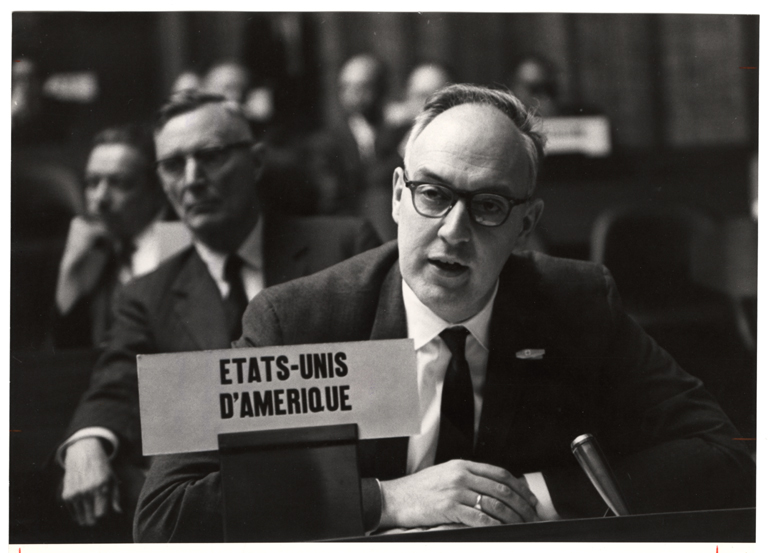This is particularly poignant since new challenges have now joined the old scourges of poverty and stigma and the wily habits of a historically pernicious virus.
These new challenges include what one of my patients called the "Peter Pan Syndrome" and an uptick in injection drug use in many areas of the United States. The Peter Pan Syndrome is when patients told they did not have long to live at the beginning of the HIV epidemic now grapple with the accelerated effects of aging, a phase of life they never thought they would face. Additional challenges include complacency in youth who didn't grow up losing friends from HIV, and donor fatigue, and the short-term thinking of budget-conscious legislators who cut funding to HIV prevention programs that save lives.
These and other modern realities of the 2015 HIV epidemic are on full display in a new article in the Concord Monitor in which I was proud to be quoted, including:
The most pernicious myth in the HIV epidemic today is that people infected with HIV contracted the virus because they are somehow different – that in some way people with HIV deserved to get infected. This is hard-hearted and ill-informed, but I understand how the finger-pointing can be a defense mechanism against fear. The truth is, we are all vulnerable to this wily virus, and the only way we will win against HIV is to band together in compassion.
Twenty years from now will we look back and say we learned from our early mistakes, or will we rue the mistakes we made again and again?

![[ M U R M U R S ]](http://images.squarespace-cdn.com/content/v1/51efa33ce4b09afa04cb2a66/1376911411704-LDY4UEIH1WRGPUXTMLJU/Logo.jpg?format=1500w)












